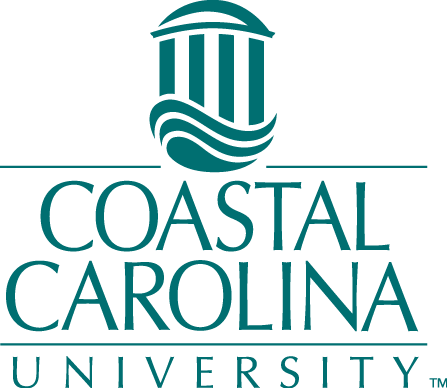 |
Title Flow Over Topographic Features of Sandy Seabeds
Abstract Prior research suggests that topographic features of sandy seabeds enhance and facilitate nutrient cycling and other exchange processes that occur across the sediment-water interface. These studies have mostly been qualitative, based-on ill-constrained field experiments, or modeled numerically. To complement these studies, this research simulates flow conditions and ripple geometries in controlled laboratory experiments that are based on cursory field measurements; enabling quantitative analysis of flow over topographic features. In this study, flows over 3 distinct non-dimensional ripple configurations: A/lamda=0.017, A/lamda=0.083, and A/lamda=0.417, where A is ripple amplitude and lamda is ripple wavelength, were examined as well as flow over a flat seabed for reference. The mean velocity, magnitudes of turbulence fluctuations, and Reynolds shear stresses were computed to evaluate the distribution of these quantities over the ripples, which provide insight into locations of increased turbulence and pressure gradients. Turbulence fluctuations and Reynolds stresses were larger over the ripple geometries than the flat bed. The peak Reynolds stresses and root-mean-square (RMS) turbulence fluctuations increase with increasing A/lamda. These peak values are observed just above and behind the ripple crest, or just above the seabed on the back slope and trough. Flow separation was observed for the largest A/lamda ripple configuration, where maximum turbulence fluctuations and Reynolds stresses were observed well above the seabed near the point of flow separation. The flow separation results in low flow velocities behind the ripple that suggest development of a region of high pressure in this area that could drive flow exchange across the sediment-water interface. In contrast, for A/lambda=0.083, the maximum turbulence fluctuations and Reynolds stresses are observed near the seabed behind the ripple. These results suggest that sufficiently large A/lamdamay facilitate increased exchange between the subsurface and overlying flow through enhanced turbulent transport and/or development of large pressure gradients.
Faculty Advisor: Eric Hackett, Coastal and Marine Systems Science
Graduate Student Mentor: Matt Rodriguez, Coastal and Marine Systems Science
|


